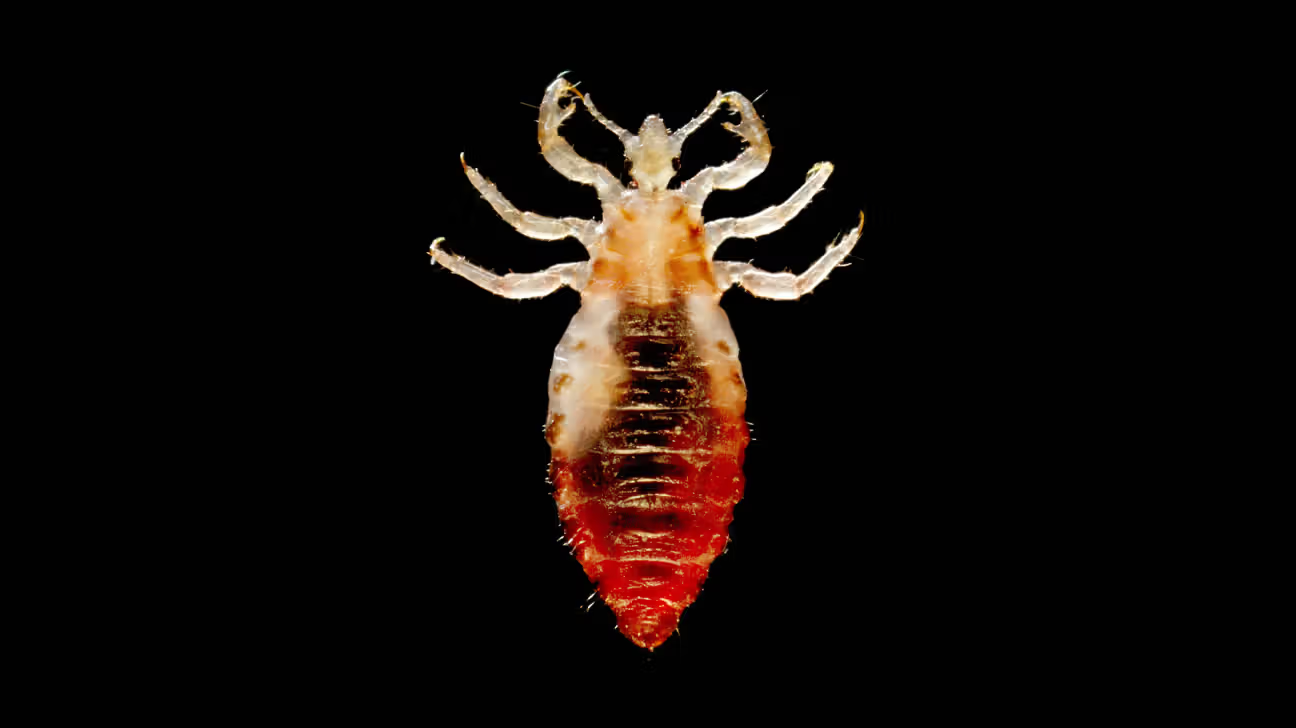1. Introduction: More Than Just Head Lice
waynethomasyorke.com – Lice (singular: louse), belonging to the order Phthiraptera, are wingless parasitic insects that spend their entire life cycle on a single host. While often associated with head lice in children, lice infest various mammals and birds, with different species specializing on different parts of the host’s body. This article delves into the world of lice, exploring their biology, life cycle, host specificity, health implications, and control strategies.
2. Physical Characteristics: Adapted for Clinging and Blood-Feeding
Lice are characterized by several key physical adaptations for their parasitic lifestyle:
- Small, Wingless Body: Their small, flattened bodies allow them to move easily through hair or feathers.
- Short Antennae: They have short, stout antennae.
- Strong Claws: Their legs are equipped with strong claws that enable them to cling tightly to the host’s hair or feathers.
- Piercing-Sucking or Chewing Mouthparts: Depending on the species, lice have either piercing-sucking mouthparts for feeding on blood or chewing mouthparts for feeding on skin debris or feathers.
3. Life Cycle: Incomplete Metamorphosis
Lice undergo incomplete metamorphosis (hemimetabolism), with three distinct life stages:
- Egg (Nit): Lice eggs, known as nits, are small, oval-shaped, and firmly attached to the host’s hair or feathers with a glue-like substance.
- Nymph: The nymph hatches from the nit and resembles a smaller version of the adult louse. It molts several times as it grows.
- Adult: After several molts, the nymph reaches the adult stage and is capable of reproduction.
4. Diversity and Classification: Different Types of Lice and Host Specificity
Lice are highly host-specific, meaning different species infest different animals and even different parts of the same animal. The two main suborders of lice are:
- Anoplura (Sucking Lice): These lice have piercing-sucking mouthparts and feed on blood. They infest mammals. Examples include:
- Human Head Louse (Pediculus humanus capitis): Infests the scalp.
- Human Body Louse (Pediculus humanus humanus): Lives in clothing and infests the body.
- Pubic Louse (Pthirus pubis): Commonly known as “crabs,” infests pubic hair.
- Mallophaga (Chewing Lice): These lice have chewing mouthparts and feed on skin debris, feathers, or hair. They infest birds and some mammals.
5. Habitat and Distribution: Entire Life Cycle on the Host
Lice spend their entire life cycle on their host, moving between hosts through direct contact.
6. Feeding and Diet: Blood or Skin Debris
- Sucking Lice: Feed exclusively on blood.
- Chewing Lice: Feed on skin debris, feathers, or hair.
7. Health Implications: Itching, Irritation, and Disease Transmission
Lice infestations can cause various health problems:
- Pediculosis: The infestation itself, causing itching (pruritus) and skin irritation.
- Secondary Infections: Scratching can lead to secondary bacterial infections.
- Disease Transmission (Body Lice): Body lice are known to transmit diseases such as typhus, trench fever, and relapsing fever, particularly in conditions of poor hygiene and overcrowding. Head and pubic lice are not considered major disease vectors.
8. Signs of Lice Infestation: Itching, Nits, and Live Lice
Common signs of a lice infestation include:
- Intense itching, especially on the scalp, body, or pubic area.
- Visible nits attached to hair shafts.
- Seeing live lice crawling on the skin or hair.
9. Control and Treatment: Different Approaches for Different Lice
Treatment varies depending on the type of lice:
- Head Lice: Treated with over-the-counter or prescription medicated shampoos, lotions, or creams containing permethrin, pyrethrin, or other insecticides. Nit combing is also important.
- Body Lice: Treatment involves improving personal hygiene, washing clothing and bedding at high temperatures, and sometimes using insecticides.
- Pubic Lice: Treated similarly to head lice with medicated shampoos, lotions, or creams.
10. Prevention: Good Hygiene and Avoiding Close Contact
Preventing lice infestations involves:
- Maintaining good personal hygiene.
- Avoiding close contact with infested individuals or their belongings.
- Regularly checking hair for lice and nits, especially in children.
11. Conclusion: Managing Lice Infestations and Maintaining Hygiene
Lice are persistent parasites that can cause significant discomfort and health problems. Understanding their biology, life cycle, and effective treatment strategies is crucial for managing infestations and preventing their spread. Good hygiene practices and prompt treatment are essential for controlling lice and maintaining good health. While often viewed as a nuisance, they highlight the importance of hygiene and public health practices.
